
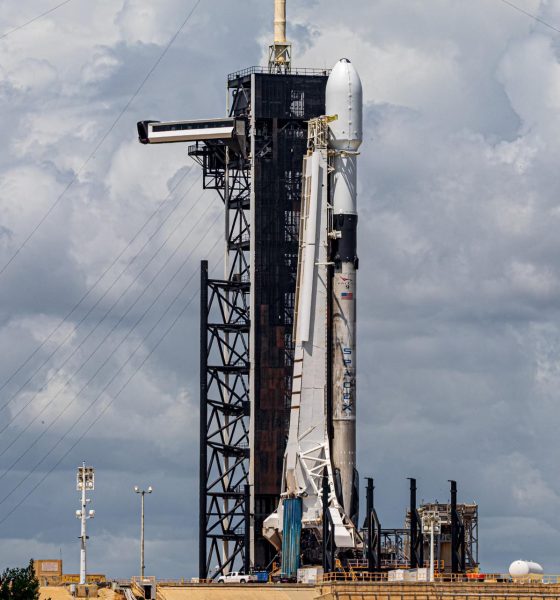
News
SpaceX readies 4th Falcon 9 booster for 10th launch and landing [webcast]
Update: SpaceX has delayed Starlink 4-6 and Falcon 9 B1060’s tenth launch and landing to a backup window scheduled no earlier than (NET) 9:02 pm EST, Tuesday, January 18th (02:04 UTC 19 Jan).
Initially aiming for January 17th, SpaceX pushed the mission to 7:04 pm EST, January 18th for “more favorable weather conditions for liftoff and booster recovery.” A backup window two hours later on the same day was likely selected for similar reasons. Tune in around 8:45 pm EST (01:45 UTC) to watch Falcon 9 B1060’s tenth launch and landing attempt live.
Four days after Falcon 9 B1058 became the third SpaceX booster to complete ten orbital-class launches, the company is set to repeat the feat a fourth time.
Unofficially revealed by airspace and maritime safety alerts on January 12th, SpaceX has confirmed plans to launch Starlink 4-6 – another batch of 49 laser-linked V1.5 satellites – no earlier than (NET) 7:26 pm EST, Monday, January 17th (00:26 UTC 18 Jan) from Kennedy Space Center Pad 39A. The same pad supported an identical launch (Starlink 4-5) on January 6th, requiring a brisk 11-day turnaround for a pad that’s all-time record is two Falcon launches in 10 days.
While technically “just” another Starlink launch, the mission will mark the first time two Falcon 9 boosters have launched for the tenth time back to back. On January 13th, Falcon 9 B1058 helped deliver 105 small rideshare satellites to orbit, completing its tenth successful launch and landing in the process. While there are only two other ten-flight boosters to compare against, B1058 crossed the milestone more than a third faster than either of its siblings, launching ten times in 19 months or once every ~59 days for the duration of its life.
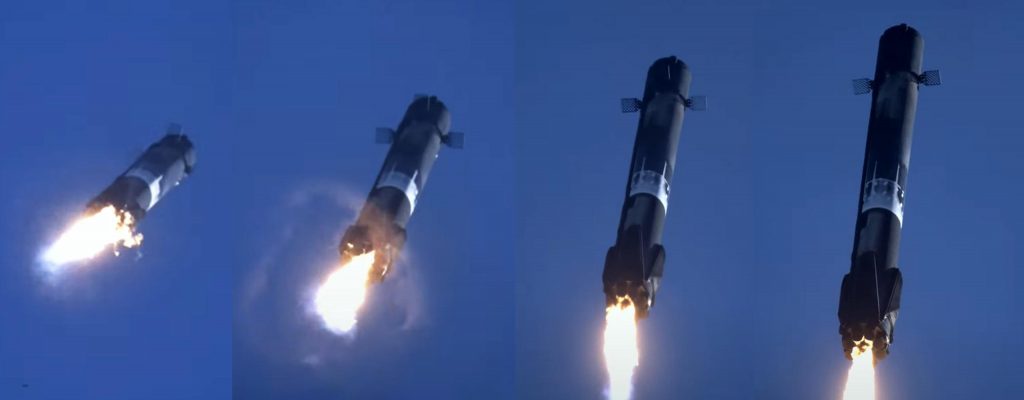
When Falcon 9 B1060 lifts off with Starlink 4-6 on January 17th, 2022, it will do so in 18 months (~81 weeks), beating B1058’s days-old record (19 months or ~85 weeks) by about a month. Though there are several younger, less-flown boosters in SpaceX’s current Falcon fleet, none of them appear to be on track to more than marginally beat or match the records about to be set by B1058 and B1060. Based on SpaceX’s twice-achieved 27-day Falcon 9 turnaround record, it might technically be possible for the same booster to complete 10 launches in as few as 270 days (~39 weeks), employees have described those record turnarounds as “a mad rush” – probably not a sustainable pace for the current workforce, in other words.
Nonetheless, even if evidence continues to grow that the current iteration of Falcon Block 5 boosters are unlikely to average more than one launch every 50-60 days over their lives, SpaceX could still theoretically achieve an eyewatering launch cadence. For example, if SpaceX’s current fleet of nine operational Falcon boosters (including one converted Falcon Heavy core) can each achieve an average of one launch every 60 days starting now, SpaceX could feasibly launch more than once per week or ~54 times per year. If SpaceX also converts Falcon Heavy core B1053 into a Falcon 9, damaged Falcon 9 booster B1069 is able to enter the fleet, and the average turnaround time drops to 50 days, that 11-booster fleet could support up to 80 launches per year.
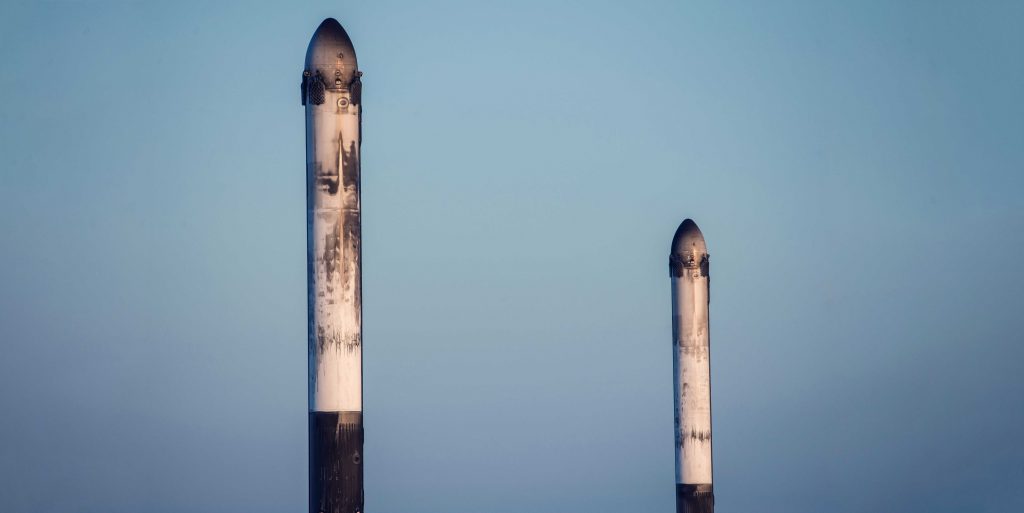
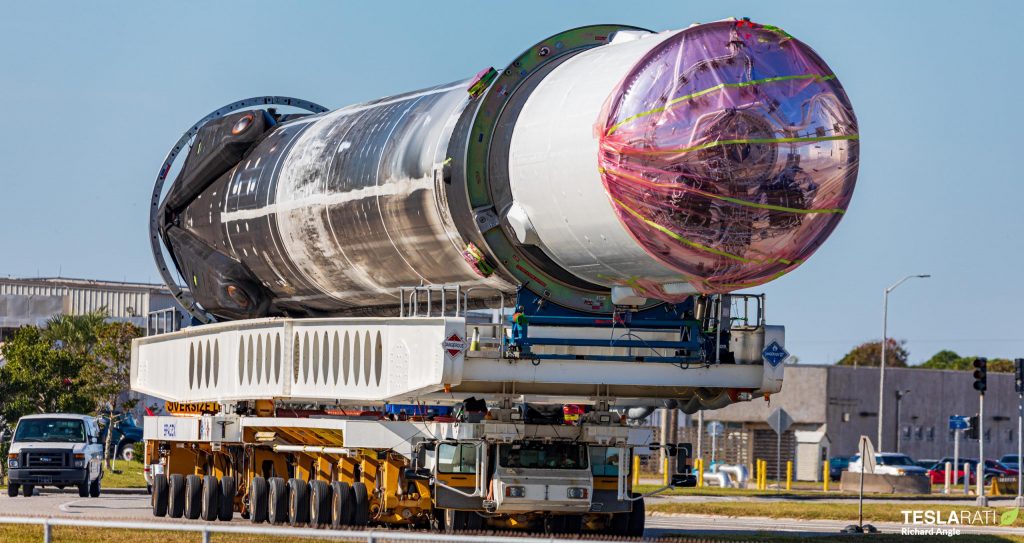
SpaceX’s three Falcon launch pads could theoretically support up to 90 launches per year if every single turnaround was as fast as each pad’s all-time record and no extended downtime was ever needed. In other words, in spite of just how far the Falcon Block 5 design appears to be from CEO Elon Musk’s long-stated dream of daily reuse, a fleet of just 15 Block 5 boosters averaging a conservative 60 days per launch could achieve an annual cadence that would force SpaceX to upgrade its launch pads to go any higher.
With Starship on the horizon, though, it’s no longer clear that SpaceX actually wants to push the Falcon family’s envelope to the point that another round of significant vehicle or pad upgrades are required. Unless Starship suffers catastrophic setbacks causing years of delays, it’s more likely than not that the Falcon family will peak around 60 launches per year (still incredibly impressive) before its likely retirement.

News
Man credits Grok AI with saving his life after ER missed near-ruptured appendix
The AI flagged some of the man’s symptoms and urged him to return to the ER immediately and demand a CT scan.

A 49-year-old man has stated that xAI’s Grok ended up saving his life when the large language model identified a near-ruptured appendix that his first ER visit dismissed as acid reflux.
After being sent home from the ER, the man asked Grok to analyze his symptoms. The AI flagged some of the man’s symptoms and urged him to return immediately and demand a CT scan. The scan confirmed that something far worse than acid reflux was indeed going on.
Grok spotted what a doctor missed
In a post on Reddit, u/Tykjen noted that for 24 hours straight, he had a constant “razor-blade-level” abdominal pain that forced him into a fetal position. He had no fever or visible signs. He went to the ER, where a doctor pressed his soft belly, prescribed acid blockers, and sent him home.
The acid blockers didn’t work, and the man’s pain remained intense. He then decided to open a year-long chat he had with Grok and listed every detail that he was experiencing. The AI responded quickly. “Grok immediately flagged perforated ulcer or atypical appendicitis, told me the exact red-flag pattern I was describing, and basically said “go back right now and ask for a CT,” the man wrote in his post.
He copied Grok’s reasoning, returned to the ER, and insisted on the scan. The CT scan ultimately showed an inflamed appendix on the verge of rupture. Six hours later, the appendix was out. The man said the pain has completely vanished, and he woke up laughing under anesthesia. He was discharged the next day.
How a late-night conversation with Grok got me to demand the CT scan that saved my life from a ruptured appendix (December 2025)
byu/Tykjen ingrok
AI doctors could very well be welcomed
In the replies to his Reddit post, u/Tykjen further explained that he specifically avoided telling doctors that Grok, an AI, suggested he get a CT scan. “I did not tell them on the second visit that Grok recommended the CT scan. I had to lie. I told them my sister who’s a nurse told me to ask for the scan,” the man wrote.
One commenter noted that the use of AI in medicine will likely be welcomed, stating that “If AI could take doctors’ jobs one day, I will be happy. Doctors just don’t care anymore. It’s all a paycheck.” The Redditor replied with, “Sadly yes. That is what it felt like after the first visit. And the following night could have been my last.”
Elon Musk has been very optimistic about the potential of robots like Tesla Optimus in the medical field. Provided that they are able to achieve human-level articulation in their hands, and Tesla is able to bring down their cost through mass manufacturing, the era of AI-powered medical care could very well be closer than expected.
News
Tesla expands Model 3 lineup in Europe with most affordable variant yet
The Model 3 Standard still delivers more than 300 miles of range, potentially making it an attractive option for budget-conscious buyers.

Tesla has introduced a lower-priced Model 3 variant in Europe, expanding the lineup just two months after the vehicle’s U.S. debut. The Model 3 Standard still delivers more than 300 miles (480 km) of range, potentially making it an attractive option for budget-conscious buyers.
Tesla’s pricing strategy
The Model 3 Standard arrives as Tesla contends with declining registrations in several countries across Europe, where sales have not fully offset shifting consumer preferences. Many buyers have turned to options such as Volkswagen’s ID.3 and BYD’s Atto 3, both of which have benefited from aggressive pricing.
By removing select premium finishes and features, Tesla positioned the new Model 3 Standard as an “ultra-low cost of ownership” option of its all-electric sedan. Pricing comes in at €37,970 in Germany, NOK 330,056 in Norway, and SEK 449,990 in Sweden, depending on market. This places the Model 3 Standard well below the “premium” Model 3 trim, which starts at €45,970 in Germany.
Deliveries for the Standard model are expected to begin in the first quarter of 2026, giving Tesla an entry-level foothold in a segment that’s increasingly defined by sub-€40,000 offerings.
Tesla’s affordable vehicle push
The low-cost Model 3 follows October’s launch of a similarly positioned Model Y variant, signaling a broader shift in Tesla’s product strategy. While CEO Elon Musk has moved the company toward AI-driven initiatives such as robotaxis and humanoid robots, lower-priced vehicles remain necessary to support the company’s revenue in the near term.
Reports have indicated that Tesla previously abandoned plans for an all-new $25,000 EV, with the company opting to create cheaper versions of existing platforms instead. Analysts have flagged possible cannibalization of higher-margin models, but the move aims to counter an influx of aggressively priced entrants from China and Europe, many of which sell below $30,000. With the new Model 3 Standard, Tesla is reinforcing its volume strategy in Europe’s increasingly competitive EV landscape.
News
Tesla FSD (Supervised) stuns Germany’s biggest car magazine
FSD Supervised recognized construction zones, braked early for pedestrians, and yielded politely on narrow streets.
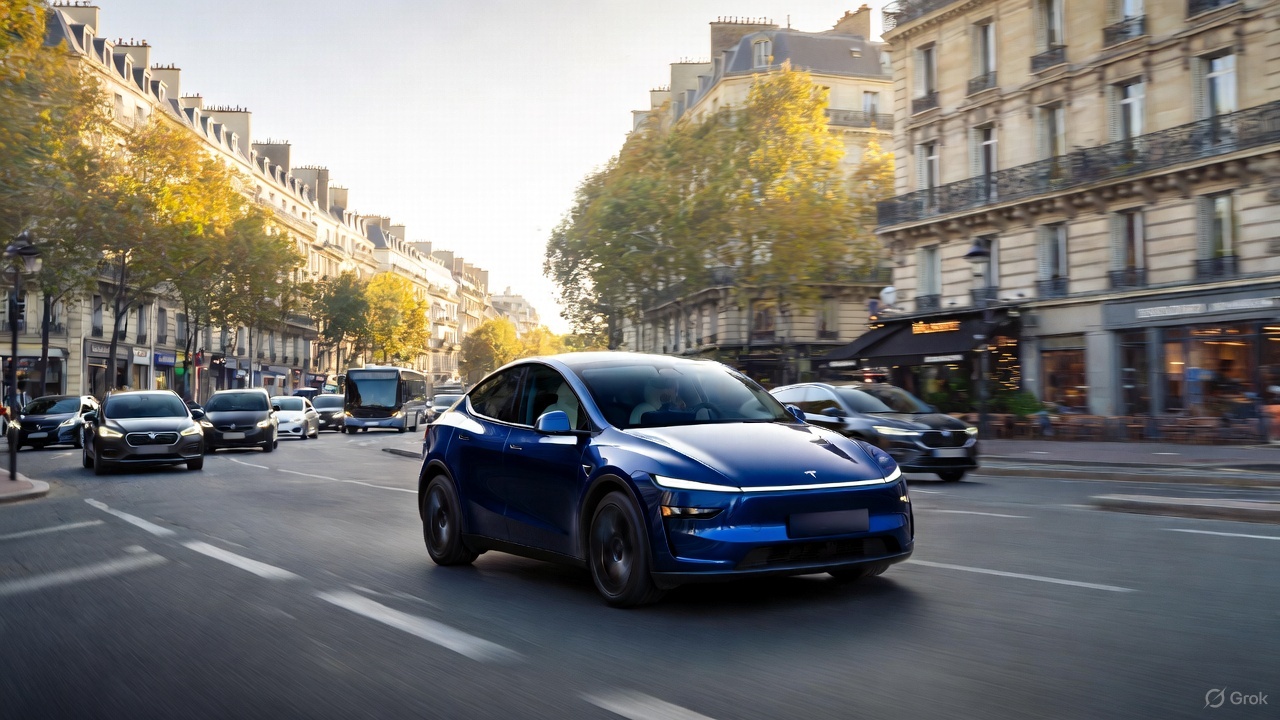
Tesla’s upcoming FSD Supervised system, set for a European debut pending regulatory approval, is showing notably refined behavior in real-world testing, including construction zones, pedestrian detection, and lane changes, as per a recent demonstration ride in Berlin.
While the system still required driver oversight, its smooth braking, steering, and decision-making illustrated how far Tesla’s driver-assistance technology has advanced ahead of a potential 2026 rollout.
FSD’s maturity in dense city driving
During the Berlin test ride with Auto Bild, Germany’s largest automotive publication, a Tesla Model 3 running FSD handled complex traffic with minimal intervention, autonomously managing braking, acceleration, steering, and overtaking up to 140 km/h. It recognized construction zones, braked early for pedestrians, and yielded politely on narrow streets.
Only one manual override was required when the system misread a converted one-way route, an example, Tesla stated, of the continuous learning baked into its vision-based architecture.
Robin Hornig of Auto Bild summed up his experience with FSD Supervised with a glowing review of the system. As per the reporter, FSD Supervised already exceeds humans with its all-around vision. “Tesla FSD Supervised sees more than I do. It doesn’t get distracted and never gets tired. I like to think I’m a good driver, but I can’t match this system’s all-around vision. It’s at its best when both work together: my experience and the Tesla’s constant attention,” the journalist wrote.
Tesla FSD in Europe
FSD Supervised is still a driver-assistance system rather than autonomous driving. Still, Auto Bild noted that Tesla’s 360-degree camera suite, constant monitoring, and high computing power mark a sizable leap from earlier iterations. Already active in the U.S., China, and several other regions, the system is currently navigating Europe’s approval pipeline. Tesla has applied for an exemption in the Netherlands, aiming to launch the feature through a free software update as early as February 2026.
What Tesla demonstrated in Berlin mirrors capabilities already common in China and the U.S., where rival automakers have rolled out hands-free or city-navigation systems. Europe, however, remains behind due to a stricter certification environment, though Tesla is currently hard at work pushing for FSD Supervised’s approval in several countries in the region.








